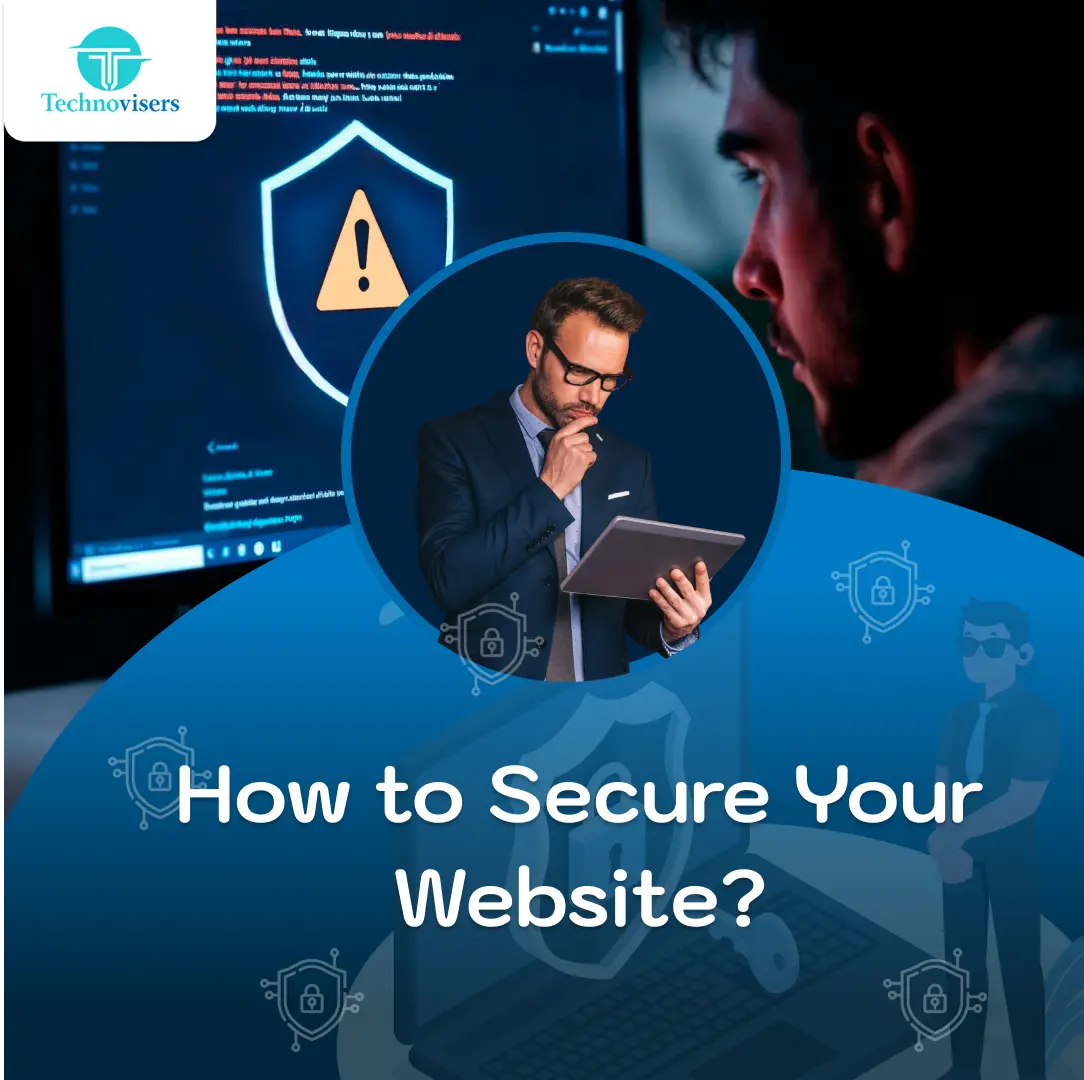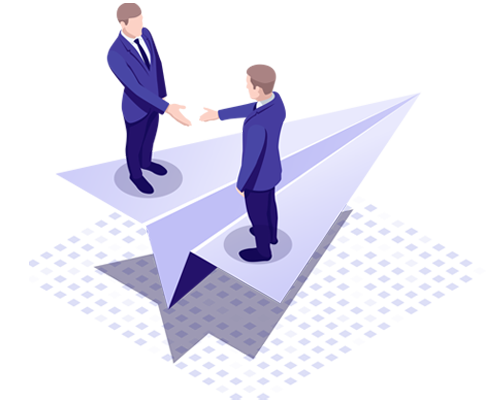

How to Secure Your Website: Best Practices for Protecting Your Online Presence
In the digital era, your website is not only a virtual presence but usually, the first impression of the brand, a business development platform, and a store of valuable information. With the intricacy of cyber threats on the rise, site owners must implement strong security measures to prevent website hacking and sustain the trust of users. Independently of the type of sites that you might possess, a personal blog, a business, or a corporate site the best practices of website security are impossible not to follow. In this article, we present tested and proven methods to secure your website from hackers, with hands-on advice and recommendations specially designed for businesses of all sizes.
Why Website Security Matters
A hacked site not only tarnishes your business image, but also causes one to lose money, information and the confidence of customers in the long term. Small businesses are particularly vulnerable because they may not possess advanced defences. Small business website security is, therefore, not only a precaution but a necessity.
Google and other search engines also highly value security. As an example, the pages that do not have SSL certificates are labelled as the ones that are insecure, which makes visitors less unwilling to proceed with the opening of the pages. Top-notch website security not only protects your information but also boosts SEO rankings and trust.
Website Security Best Practices
In order to secure your online assets safely, you need to adopt a multi-level security approach. Below are the website security best practices to adopt:
1. Use SSL for Websites
Another of the security mitigation actions you can implement is the activation of the SSL (Secure Socket Layer) certificates. SSL is used to encrypt information traded between your site and its users and includes such sensitive information as login details, payment accounts, and personal information.
Newer browsers have added a padlock byte image to encrypted sites, letting people know that they are secure. Since visitors will be warned of your lack of SSL, it can inadvertently kill traffic and your visitors will find it more difficult to trust you.
2. Update Software and Plugins
Old software and plugins are one of the most common access points for hackers. You must update if you are running a CMS site like WordPress or a custom website. Most software updates include security patches that fix vulnerabilities.
When locking down WordPress sites, keep an eye on themes, plugins, and WordPress core. Where possible, turn on automatic updates to reduce risks.
3. Use Good Strong Passwords and Authentication
Weak passwords still reign as the top cause of data breaches. Enforce good password habits for everyone and encourage the use of password managers. Otherwise, use two-factor authentication (2FA). Two-factor authentication on websites prompts users to provide a second authentication factor (such as a code that they receive on their phone), which greatly makes it hard for unauthorized access.
4. Back Up Your Site Regularly
Despite strong defenses, no system is 100% hack-proof. Backups are your safety net. Automate backups of your database and website. Store these backups safely, ideally offsite or on a cloud platform. If your site is hacked, you can recover it within a short period of time with minimal or zero downtime.
5. Host and Secure Server Configuration
It is essential to have a good web host. A good host includes firewalls, malware scanning, and monitoring as part of their standard package. Get your server set up securely with restricted file permissions and regular updates. Ask your host what they do to prevent and respond to a breach.
6. Web Application Firewall (WAF)
A Web Application Firewall is a protector that screens and examines incoming traffic. WAFs can be utilized for blocking malicious bots, SQL injections, and distributed denial-of-service (DDoS) attacks. Cloud-based, plugin-based, or otherwise, the incorporation of a WAF is a wise investment to prevent hacking attempts on websites.
7. Monitor Your Site
Real-time monitoring notifies you of potential threat activity. Use software that provides real-time alerts for unauthorized login, file modification, or malware injection. Most hosting providers provide monitoring services, but third-party tools are available as well.
8. Train Your Team
Web security concerns all of us. Train your employees and administrators in phishing, password hygiene, and safe browsing. Human error is most often the weakest link in cybersecurity, so awareness is the solution.
Special Considerations: Securing WordPress Websites
Because WordPress hosts over 40% of all websites on Earth, it is the favorite target of hackers. Let's find out how to secure your WordPress:
- Limit Login Attempts: Prevent brute-force attacks by restricting the attempts to log in.
- Change Default Admin Username: Don't use "admin" as your username since it's usually the first thing that the hackers try to guess.
- Disable File Editing: Your files can be edited by hackers who get in. Disable the file editor in the WordPress admin dashboard.
- Install Security Plugins: Plugins like Wordfence or Sucuri provide malware scanning, firewall blocking, and monitoring.
By doing this, you are making it a lot simpler to protect WordPress sites.
Cybersecurity for Small Business Websites
Smaller businesses downplay their weakness, believing that hackers target only big businesses. But attackers target small businesses more frequently because their defenses are not up to the mark. That is how smaller businesses can enhance cyber security:
- 1. Prioritize SSL Security and Hosting: SSL and secure hosting are available at low prices.
- 2. Enable Two-Factor Authentication: Help secure the admin accounts with an additional authentication method.
- 3. Outsource Security Management:When in-house expertise is not available consider obtaining managed service.
- 4. Train Employees: Awareness training can prevent unintentional disclosures.
For small businesses, preventing website hacking is not just a matter of safeguarding information but safeguarding customer trust and brand reputation as well.
Common Website Security Mistakes to Avoid
Even with good intentions, site owners fail to cover even the most important spots. Don't make these errors:
- Failure to update plugins or themes.
- Using weak, predictable passwords.
- Having backups stored on the same server as the live site.
- Lack of monitoring activity logs.
- Bypassing SSL certificates to save money.
All such weaknesses can serve as an entry point for the attackers.
Conclusion: Keep Your Site Safe from Hackers
Website security is not a task to be taken once but a continuous process. Keeping up with website security best practices, providing SSL for websites, implementing two-factor authentication, and being extra cautious in securing WordPress websites can go a long way in minimizing the risk of cyberattacks. For small business owners, an investment in small business site cybersecurity can be the difference between sustainable business growth and devastating losses.
At Technovisers, we emphasize that your site is your brand's online identity. Protect it jealously, stay updated with the latest threats, and stay one step ahead of the pack when it comes to adopting new security measures. This way, you will be able to protect your site from attackers and your visitors will feel confident about your company.


